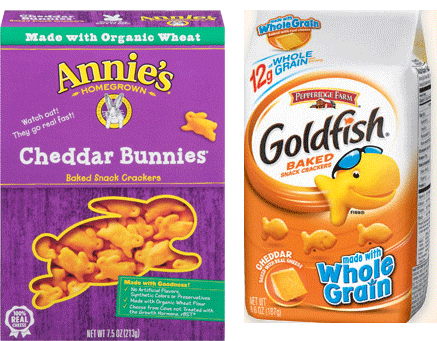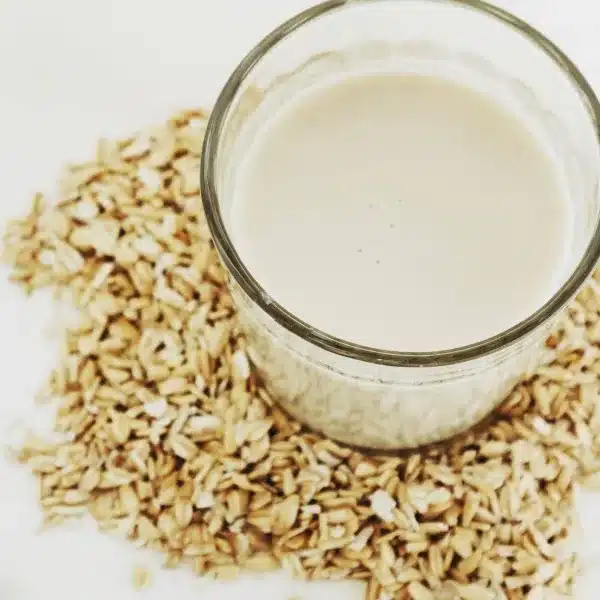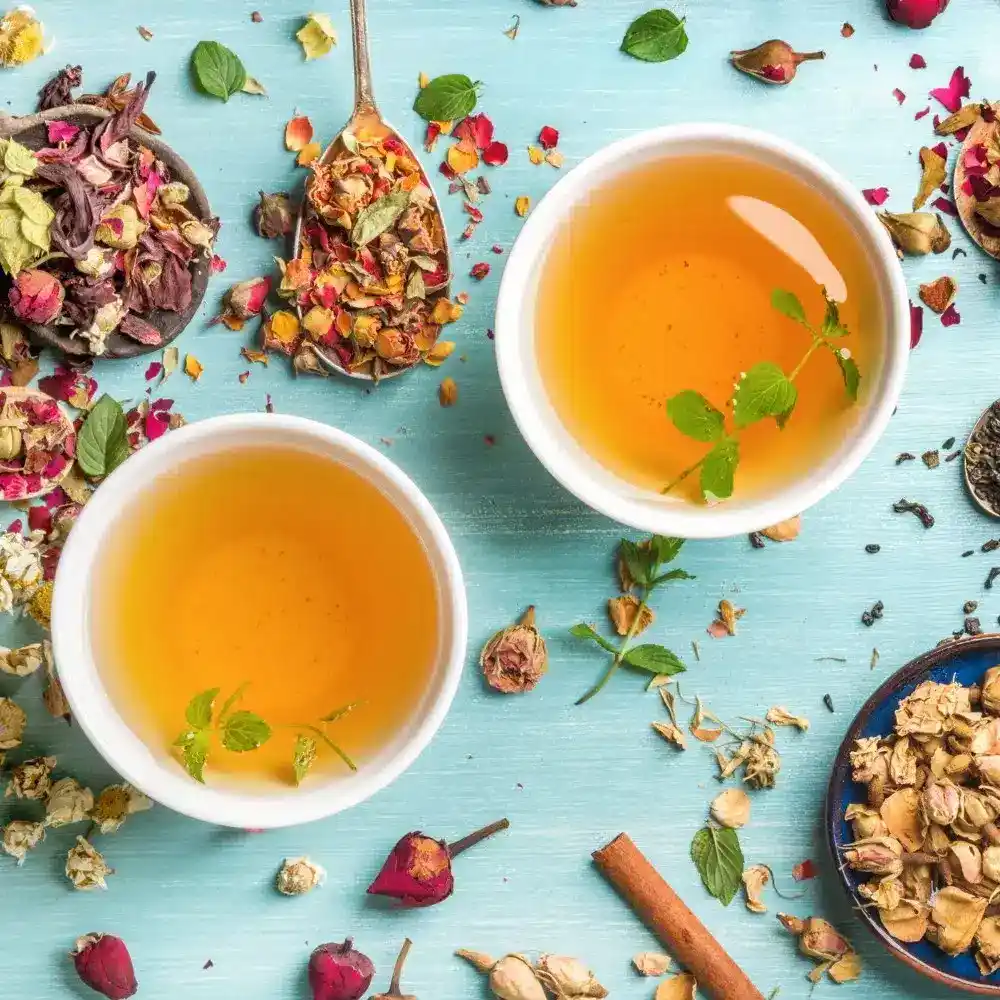Are Cheddar Bunnies Healthier Than Goldfish?
Written by:
Maia James
06/25/2015

Updated: 09/29/2023
Looking for a different guide? Browse them all HERE.
Ironically, the proliferation of “healthy” baby and kid snacks seems to have made it more difficult to keep my children on a clean diet. Perhaps without the convenience of all the organic, natural, trans-fat free packaged foods, I would be more likely to offer my kids homemade snacks that are actually nutritious (such as this or this). Instead, I often find myself smugly selecting organic gummy fruit snacks from the shelf at Whole Foods (while silently congratulating myself for giving them something free of artificial colors and flavors!).
Cheddar Bunnies: The Goldfish of This Generation
The snack I see kids eating most often in my Brooklyn neighborhood is Annie’s Cheddar Bunnies. From infants in strollers to fifth graders on skateboards, it seems no one is immune to the addictive quality of these little cheese crackers, and my kids are no exception.
While I never buy Pepperidge Farm Goldfish crackers, the similar-tasting Cheddar Bunnies are something of a staple in our snack cupboard. And I’ve long wondered if they are actually any more healthful than Goldfish (which you cannot buy at Whole Foods or most natural foods stores).
I recently set to find out if I am justified in my smugness of eschewing Goldfish in favor of Cheddar Bunnies. Here’s what I considered, and which snack cracker came out on top.
Cheddar Bunnies Vs. Goldfish: Which is More Healthful?

1. Oils. Goldfish crackers used to contain trans fats, but the partially-hydrogenated oils were removed in 2014. Prior to this point, Cheddar Bunnies had a distinct leg up on Goldfish, and they still maintain a small advantage: sunflower oil (found in Cheddar Bunnies) is a healthier fat than canola and soybean oils (found in Goldfish).
Winner: Cheddar Bunnies
2. Fat grams. Cheddar Bunnies have slightly more fat and saturated fat than Goldfish do (7 grams versus 6 grams of fat and 1 gram versus half a gram of saturated fat). If you’re counting fat grams, we can let Goldfish win this category.
Winner: Goldfish
3. Salt. The sodium content of Cheddar Bunnies and Goldfish is identical and WAY too much at 250 mg per serving. The rest of the nutritional content is basically the same in Goldfish and Cheddar Bunnies (carbs, fiber, calcium, protein, vitamins, etc.)
Winner: Tie
4. Sugar. Goldfish’s ingredients list includes sugar, although the grams per serving are still less than 1. Cheddar Bunnies do not contain any added sugar.
Winner: Cheddar Bunnies
5. Colors/Flavors. Neither bunnies nor fish contain artificial colors or flavors—surprisingly, even the colored Goldfish have only natural extracts. Goldfish do, however, contain highly processed autolyzed yeast, which some health experts say is just another name for MSG. Cheddar Bunnies just contain regular old yeast.
Winner: Cheddar Bunnies
6. Pesticides. There are two types of Cheddar Bunnies—make sure you opt for the organic variety when buying this snack. Pesticide exposure in small children has an oversized impact, and has been implicated in ADHD, among other ills. There is no organic version of Goldfish (although it’s probably just a matter of time).
Winner: Cheddar Bunnies (even the non-organic version contains organic wheat)
7. Other ingredients. The rest of the ingredients in the original flavors of both Cheddar Bunnies and Goldfish are very similar: wheat flour (not to be confused with whole wheat flour), cheese, milk, and some natural colorants and spices.
Winner: Tie
The Verdict
Go ahead and feel smug, Brooklyn mommas! Cheddar Bunnies are indeed healthier than Goldfish. However, neither snack should be considered nutritious, and in an ideal world even Cheddar Bunnies would be an occasional treat rather than a dietary staple. If you want some easy, quick snack options that are actually healthful, here’s a great list from my mom the health coach.
Stay sane,


Maia, Founder & CEO
Note: This article contains affiliate links or sponsored content, which means that if you make a purchase, we may earn a commission. We only recommend products that meet our strict standards for non-toxicity and that we use (or want to use!) ourselves. Thank you so much for supporting the brands that make Good Stuff!
Enjoying this guide?
Join 60K families who rely on our free guides on everything from milk to mattresses! Sign up to get $5 off your first order, access to our ultimate Clean Products Cheat Sheet, and ongoing exclusive access to coupon codes and promotions. Our weekly newsletter is filled with well researched tips and tricks to live a toxin-free lifestyle.
Related Posts
Healthy Store Bought Oat Milk Guide 2024
How To Avoid Drinking Toxic Tea
The Healthiest Organic Wine Brands We’ve Found
Healthy Thanksgiving Recipes
-
I agree
-
Thank you for this. I just bought a box of cheddar bunnies for my desk at work after they stopped putting goldfish (guilty pleasure) in our vending machine.
I still think goldfish taste better, but I fee good knowing there’s a healthier alternative
-
I agree that Goldfish taste better! My kids think so, too, but are still happy with Cheddar Bunnies, which I try to limit as well.
-
I disagree, since I have been buying cheddar bunnies I think they taste far superior to Goldfish..and I’ve eaten Goldfish all my life. In fact Pepperidge Farm is in the town I grew up and live , Norwalk CT. Maybe its that extra gram of fat but maybe its just the quality organic ingredients shining through? Thank you for doing the comparison ! I had to convince husband somehow that Cheddar Bunnies are the healthier option of the two and are worth their price. Also I feel like Goldfish are more addictive and seem to taste better due to the ammount of salt on the sides of the cracker. I notice Cheddar Bunnies don’t have nearly the same amount of salt on sides of crackers. I think it would be more fair if there was a version of Goldfish with less salt on the sides of cracker to do a taste comparison. That’s just my 2 cents 🙂
-
Thanks for your 2 cents, Kyle:). Happy the post was helpful!
-
-
-





Leave a Reply
You must be logged in to post a comment.